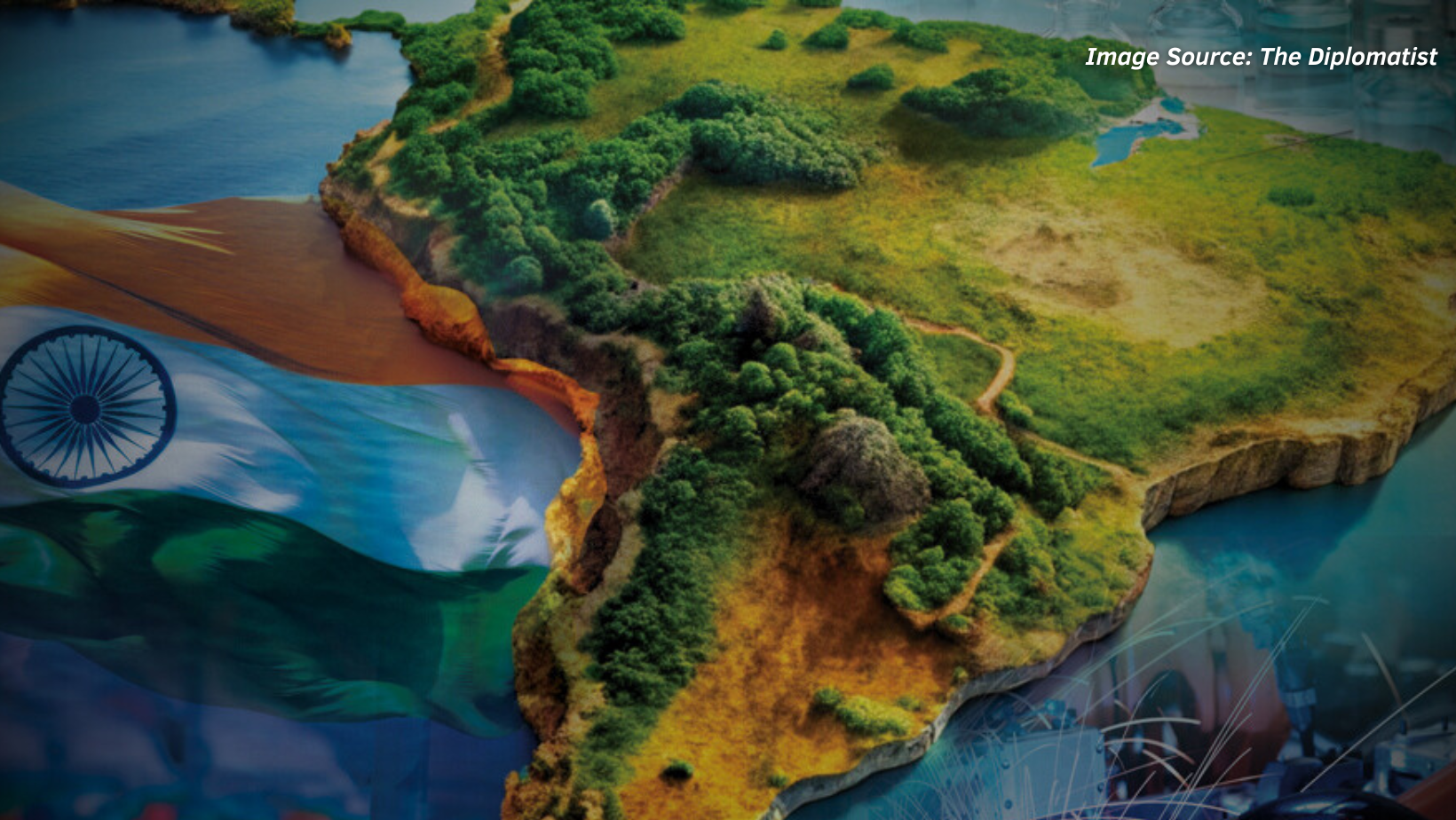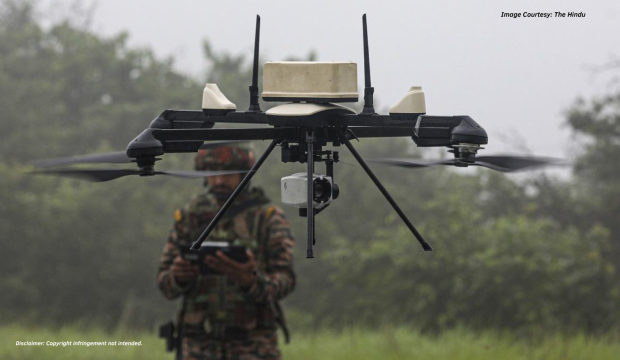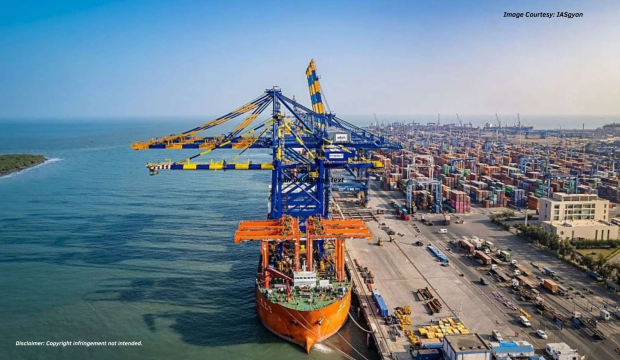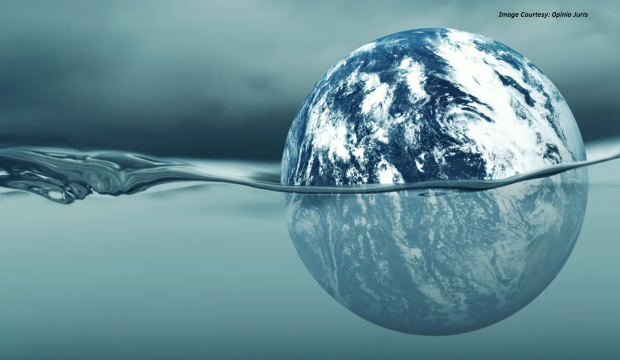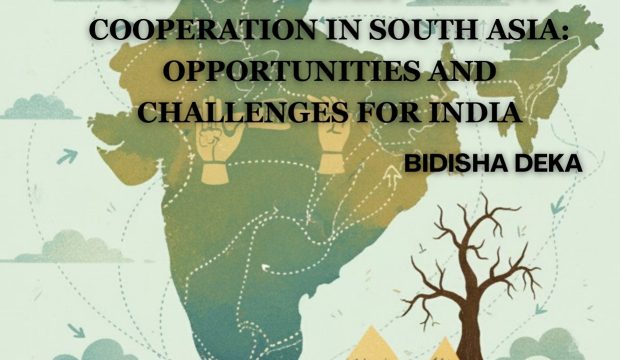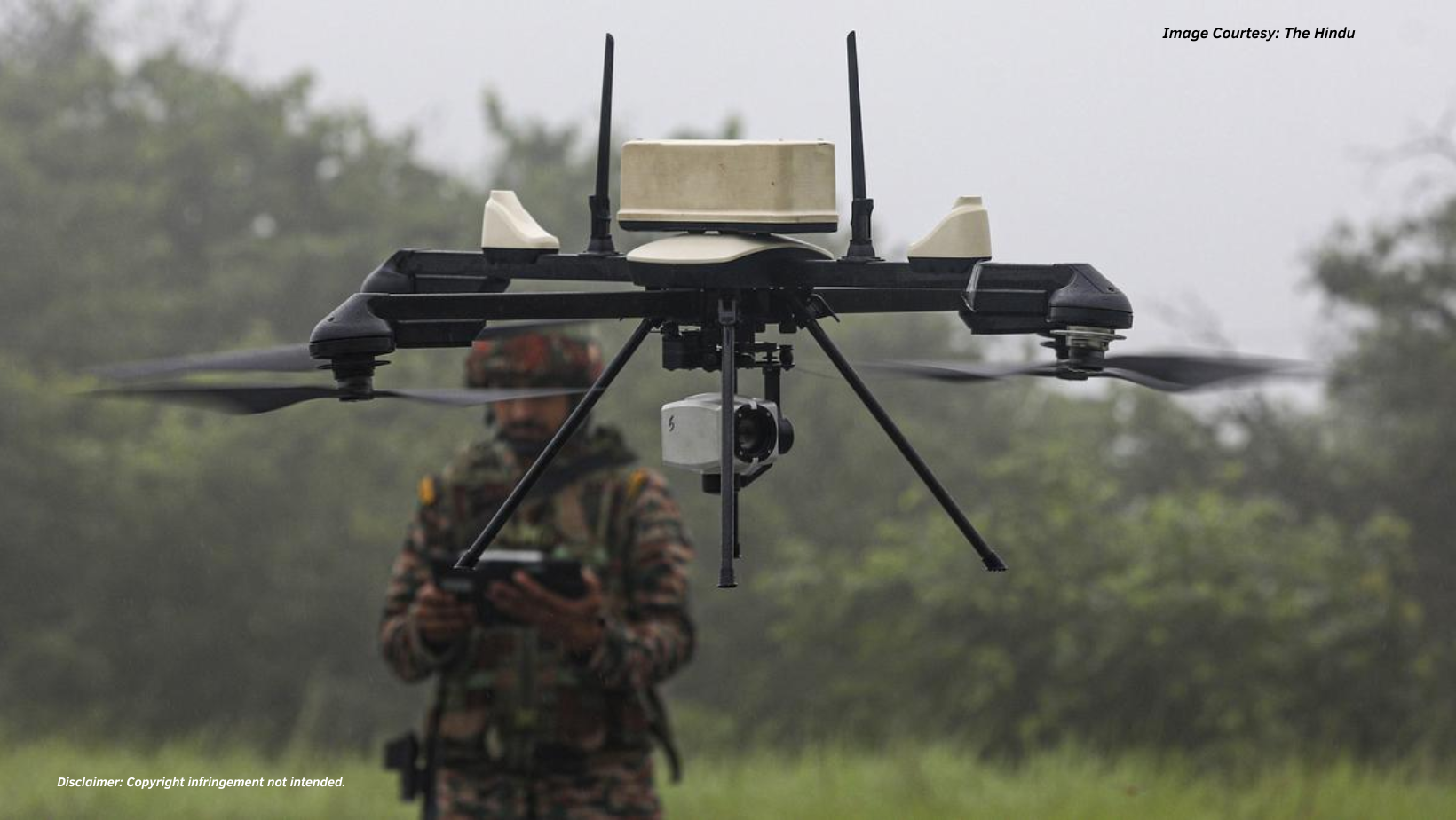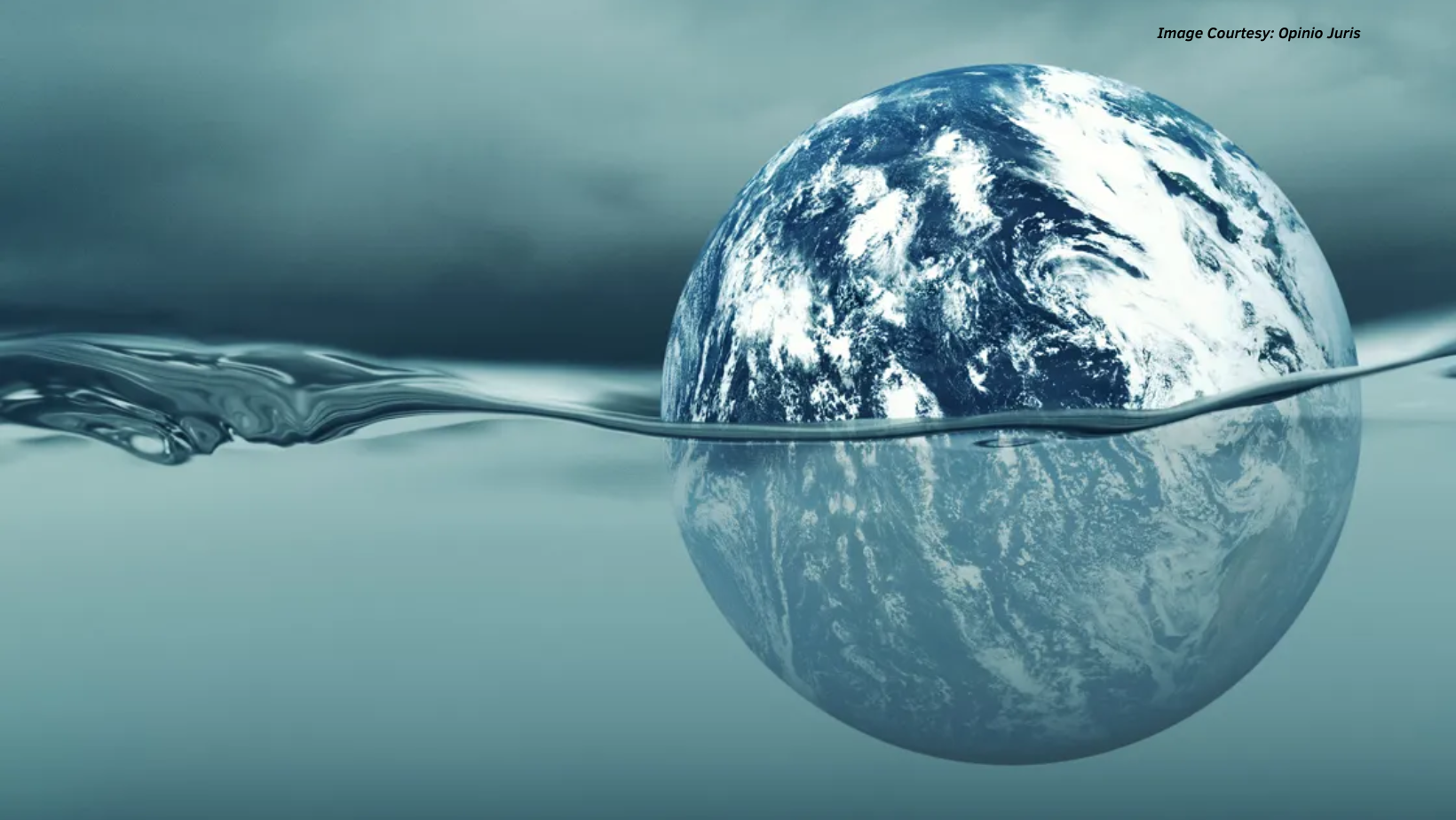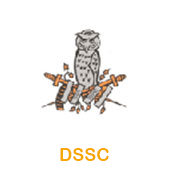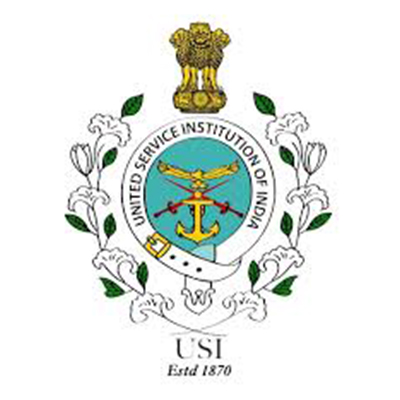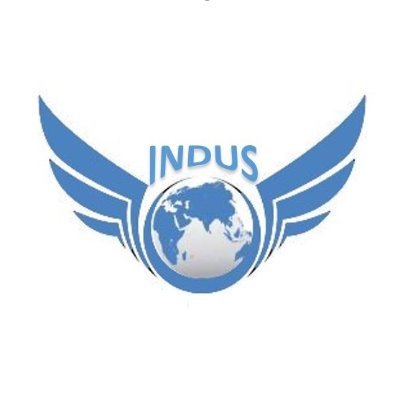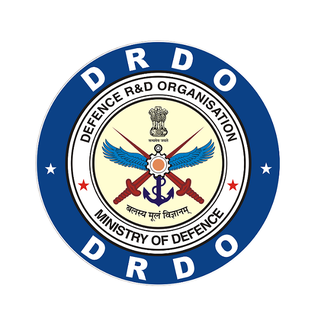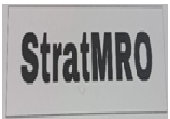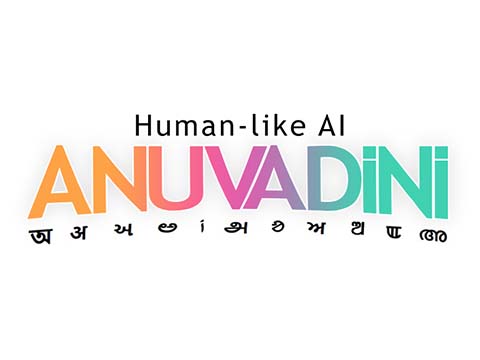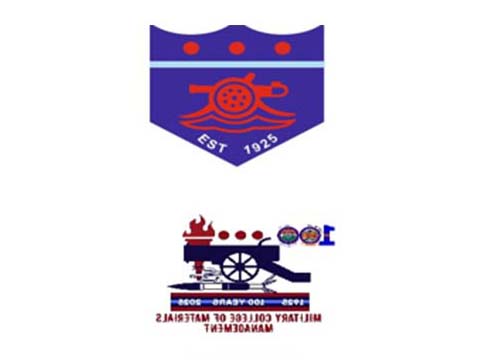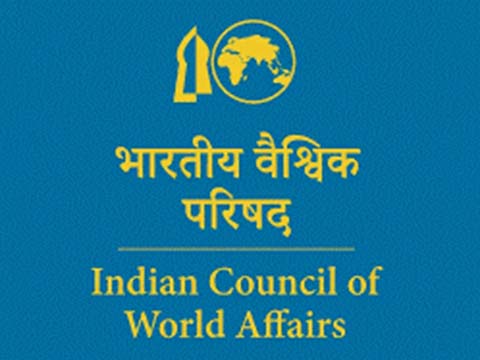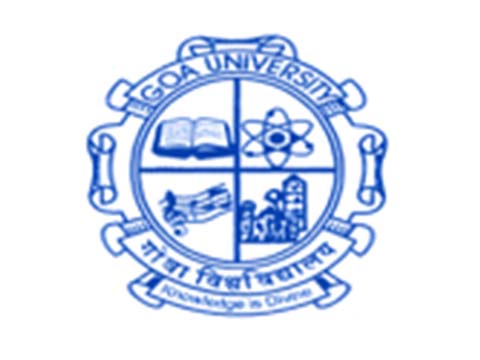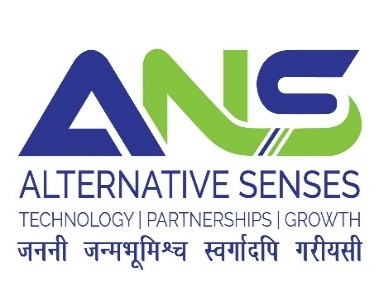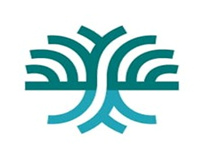Introduction
Critical minerals are defined as those which are important for the economy and national security of a country. Critical minerals include copper, lithium, nickel, aluminum, etc. and India has a list that provides for thirty critical minerals crucial for its growth. These minerals are important to making military arsenals, boosting self-reliance, creating investment strategies and mitigating supply chain disruptions. In the case of India, 5.9 million tons of lithium was discovered in Jammu and Kashmir in February 2023.1 Latin America is a vital provider of critical minerals like lithium, copper, silver and many more which can be used to produce high-performance batteries used in aircraft and satellites.2
Latin America is rich for its minerals mainly lithium and copper which are vital rare earth metals that can be used to make batteries and renewable energy infrastructure. Despite its rich minerals, Latin America has failed to fully reach its potential because of a lack of exploration and investments. Countries like Chile and Brazil are currently working on mining projects in the region to expand their potential and exploration which can attract more investments. The demand for minerals like graphite, nickel, manganese and rare earth metals has been increased because of the clean energy transition. For Latin America to expand its investment and capitalise on its potential, it has to update its geological information.3 By addressing these challenges, Latin America can provide clean and sustainable energy reserves globally. There is a chance that mining communities may face protests or backlash from the local communities in Latin America, as these activities can disrupt biodiversity. Hence, there is a high chance that companies have to get a ‘social license to operate’.
Today, Chile and Argentina are the 35% suppliers of the world’s lithium. Chile, Peru and Mexico are 40% of the world’s producers of copper and Venezuela is rich in coal, iron ore and oil. In the global arena, countries like China, the US and some countries from the European Union are the key competitors in obtaining or extracting these minerals from Latin America.4 China has been importing oil, copper and iron from Latin America which accounts for 70% of its total imports which has resulted in Latin American countries being dependent on China for its major exports and China is not only trading with the region but mining it, mainly lithium and copper.5 Despite this, India has a great opportunity to invest and trade in the region as these minerals can later be used to make defence equipment and promote international trade in the region.
Defence Perspective
Rare earth metals Lithium, aluminum, titanium and copper can be used to make many defence equipment6 , like the F-35 which is a radio battery made of aluminum and titanium.7 India imports large scale of lithium from Argentina which is later used for various purposes including making defence equipment with lithium-ion batteries which are used to make GPS systems, automatic batteries and space equipment. These batteries have been in use since the 1970s and they have no memory effect nor do they cause any environmental pollution so it has a wide range of applications in making defence equipment.8
Copper is a versatile and powerful metal that has been used in the defence industry for a long time, it is the most reliable metal for making military arsenals. Chile is the world’s largest producer and exporter of copper even in India.9 In 2023, according to the United Nations Comtrade, India imported the largest number of coppers from China which was 335.14 million US dollars.10 This opportunity for India to import copper from Chile can reduce India’s dependency on resources from China and explore other options. Copper is an essential metal for India as it can be used to make lightweight equipment used in defence-related aircraft, ships and vehicles. It also has magnetic properties which can help protect against electromagnetic disturbance from other sources at times of conflict or war. It can be competitive to import minerals from Latin America but stable supply chains from the region can be expected whereas China is subject to price fluctuations. However, there is a risk of supply disruption from China due to geopolitical tensions like border disputes and trade restrictions, whereas importing from Latin America may take longer to transmit due to its geographical distance but promise a stable supply chain.
India is a large importer of crude oil, copper and edible oil from Latin America. The imports of crude oil are the largest for ten years, also in 2010 India took 300,000 barrels of crude oil per day.11 India needs to build its strategic partnership with Latin America to develop its national security by extracting rare earth metals from the region. Securing these minerals is essential for the development and stability of India’s defence strategy and national security. This way India can secure and expand its supply chain in order to increase its defence production.
Economic Perspective
Latin America and India’s partnership has grown in two decades. Both regions suffer from the same developmental issues and can help each other to grow as countries. Brazil holds the third largest reserves after China and Vietnam for rare earth metals. According to the Observer Research Foundation (ORF), India has imported 16.4 billion Dollar worth of oil, automobiles, pharmaceuticals and agrochemicals from Brazil in 2022-23. India has surpassed countries like South Korea, Germany and Australia in being the biggest export partner of Brazil. Latin America is the biggest petroleum and minerals exporter and it increased its exports to India by 4 billion dollars in 2020 to 8.6 billion dollars in 2022.12 This makes Brazil the largest export partner of India, which indicates that despite US, China and Europe being the stronger trade partner of Brazil, India is rising as the key partner which indicates deeper south-south cooperation. In 2023, India and Latin America trade reached 43.22 billion dollars with a target of 100 billion dollars by 2028. India’s estimated imports from Latin America were 22.93 billion dollars and exports were 20.09 billion dollars. Indian companies import large quantities of hydrocarbon from Venezuela, Mexico, Colombia and Brazil; oil and sugar from Brazil and Argentina; and Copper and precious metals from Chile and Peru.13 The government of India is also encouraging Indian-based companies to mine and invest in Latin America to obtain these resources, this reduces India’s dependency on third parties. Jindal steels in 2006 overtook the Bolivian Mutan iron ore and steel by 2 billion dollars although it is now terminated. Reliance industries have hydrocarbon ventures in Peru and Colombia as well. In 2023, India’s Altmin Private Limited signed a strategic partnership agreement with a Bolivian state-owned company to extract Lithium.14 India’s state-owned firm Khanij Bidesh India (KABIL) is reportedly going to join Argentina mining ventures to obtain Lithium as it has signed a 24 million US dollar pact to explore lithium in five blocks of the country.15 India has a great opportunity to secure its mineral supply from Latin America, by increasing trade agreements and direct investments India can decrease its dependency on China and other countries. India and Latin America have an evolving relationship; there are limited intellectual changes that have been drawn through the India-CELAC forum and India-LAC conclave. India’s engagements have been with limited countries in Latin America mainly with countries like Brazil, Mexico and Argentina.16 This is a great opportunity and platform for India to strengthen its trade relations with Latin American countries.
Geopolitical perspective
Latin America plays a major role when it comes to China’s strategy in gaining natural resources. China’s pursuit of gaining critical minerals in Latin America can increase competition in accessing these resources for India and increase India’s dependence on China in gaining these resources. However, India is still building its diplomatic relationship with Latin American countries to expand its trade. Latin America-India relationship has been developed in recent years with the diplomatic measures of India’s External Affairs Minister, Dr S Jaishankar.17 India has turned to Argentina and Brazil for oil imports after Russia’s invasion of Ukraine as the latter was the biggest exporter of sunflower oil in India. Latin American countries still perceive India as backward and underdeveloped whereas India perceive Latin America as a land of tribes and unstable economy.18 This difference is the reason that culturally both the countries find it difficult to get along as they have very different perception of each other. India-Brazil link at the BRICS have come up together to lead the Global South.19 In a major setback to China’s Belt and Road Initiative (BRI), Brazil has decided against joining Beijing’s multi-billion-dollar initiative becoming the second country after India in the BRICS bloc not to endorse the mega project.20 The prevailing opinion in Brazil was that joining China’s flagship infrastructure project would not only fail to bring any tangible benefits for Brazil in the short term but could also make relations with a potential Trump administration more difficult.21
Policy Recommendations
Signing New Trade Agreements with more Latin American countries like Mexico, Peru, Ecuador, Paraguay can be beneficial as these countries hold many minerals that can come in India’s use. Minerals like lithium and graphite are essential for making electric vehicle (EV) batteries, and getting these minerals from Latin America can help India achieve its National Electric Mobility Mission by 2030, which aims to reduce carbon emissions by moving away from fossil fuels.22
India should also work on signing Free Trade Agreements (FTAs) with countries like Chile, Bolivia, Argentina, and Peru to promote tariff-free trade, which can increase the exchange of minerals and rare earth metals between the regions. If India proves itself to be a reliable trade partner for Latin America, these countries may reduce their dependence on China, which is India’s competitor. Even though India and Latin America are far apart geographically, improving maritime connectivity and establishing direct trade routes will make trade easier, faster, and cheaper.
Conclusion
India’s efforts to get important minerals from Latin America give it a great chance to improve its defense systems, boost energy security, and reduce its dependence on China. By investing in mining projects and building strong trade partnerships with Latin American countries, India can secure a steady supply of minerals like lithium and copper, which are essential for both advanced defense technologies and clean energy solutions.
To make its presence stronger in Latin America, India should use platforms like BRICS and sign Free Trade Agreements (FTAs) with important countries in the region. This will help India develop closer ties and increase its influence there. In the long run, India’s active involvement with Latin America can reshape global supply chains and place India as an important player in the changing world order.
DISCLAIMER
The paper is author’s individual scholastic articulation and does not necessarily reflect the views of CENJOWS. The author certifies that the article is original in content, unpublished and it has not been submitted for publication/ web upload elsewhere and that the facts and figures quoted are duly referenced, as needed and are believed to be correct.
References
Briefing, India. “India Identifies List of 30 Critical Minerals: Why Does It Matter.” India
Briefing News, May 9, 2024. https://www.india-briefing.com/news/india-identifies-list-of-30-critical-minerals-significance-process-and-implications-28802.html/.Iea. “Latin America’s Opportunity in Critical Minerals for the Clean Energy Transition
– Analysis.” IEA. April 7,2023. https://www.iea.org/commentaries/latin-america-s-opportunity-in-critical-minerals-for-the-clean-energy-transition.Ibid
Ibid
Neumann, Norbert. “Securing the Rare Earth Supply Chain Is Crucial for Defence.”
Army Technology, July 4, 2022. https://www.army-technology.com/features/securing-the-rare-earth-supply-chain-is-crucial-for-defence/.“Global Race for Critical Minerals… a Unique Opportunity for Latin America?” The Economist. Accessed February 20, 2025. https://impact.economist.com/perspectives/sustainability/global-race-critical-minerals-unique-opportunity-latin-america.
Edelman. “The Top Eight Minerals That Support National Defence.” Minerals Make Life, March 19, 2024. https://mineralsmakelife.org/blog/the-top-eight-minerals-that-support-national-defence/.
Ibid
Seshasayee, Hari. “Redrawing India-Latin America Relations in the 21st Century.”
orfonline.org, April 13, 2024. https://www.orfonline.org/research/redrawing-india-latin-america-relations-in-the-21st-century.“India Imports from CHINA2025 Data 2026 Forecast 1988-2023 Historical.” India Imports from China – 2025 Data 2026 Forecast 1988-2023 Historical. Accessed March 4, 2025. https://tradingeconomics.com/india/imports/china.
Green colonialism in Latin America? towards a new research agenda for the global energy transition on JSTOR. Accessed February 20, 2025. https://www.jstor.org/stable/48712112.
Ibid 9
Ibid 11
Ibid 11
Reuters. “India in Talks with Africa, Latin America Countries for Critical Mineral Blocks, Official Says.” Business News, Stock Market News, Economic News, Africa – CNBC Africa, July 2, 2024. https://www.cnbcafrica.com/2024/india-in-talks-with-africa-latin-america-countries-for-critical-mineral-blocks-official-says/.
“Asia & Latin America.” InterAmerican Dialogue, March 17, 2023. https://thedialogue.org/analysis/indias-approach-to-engagement-with-the-latin-american-region/.
Ibid 9
Al Jazeera. “Ukraine-Russia War Jolts India’s Import-Dependent Edible Oil Mkt.” Al
Jazeera, March 15, 2022. https://www.aljazeera.com/economy/2022/3/15/ukraine-russia-war-jolts-indias-import-dependent-edible-oil-mkt.Pti. “Brazil Becomes Second BRICS Country after India Not to Join China’s Bri.” The
Hindu, October 29, 2024. https://www.thehindu.com/news/international/brazil-becomes-second-brics-country-after-india-not-to-join-chinas-bri/article68809530.ece.Pti. “Brazil Becomes Second BRICS Country after India Not to Join China’s Bri.” The Hindu, October 29, 2024. https://www.thehindu.com/news/international/brazil-becomes-second-brics-country-after-india-not-to-join-chinas-bri/article68809530.ece.
Ibid
“National Electric Mobility Mission Plan.” Ministry of Heavy Industries. Accessed
March 26, 2025. https://heavyindustries.gov.in/node/2953.

Ms. Sharmistha Pratap
Ms. Sharmistha Pratap is a research intern at CENJOWS, New Delhi

